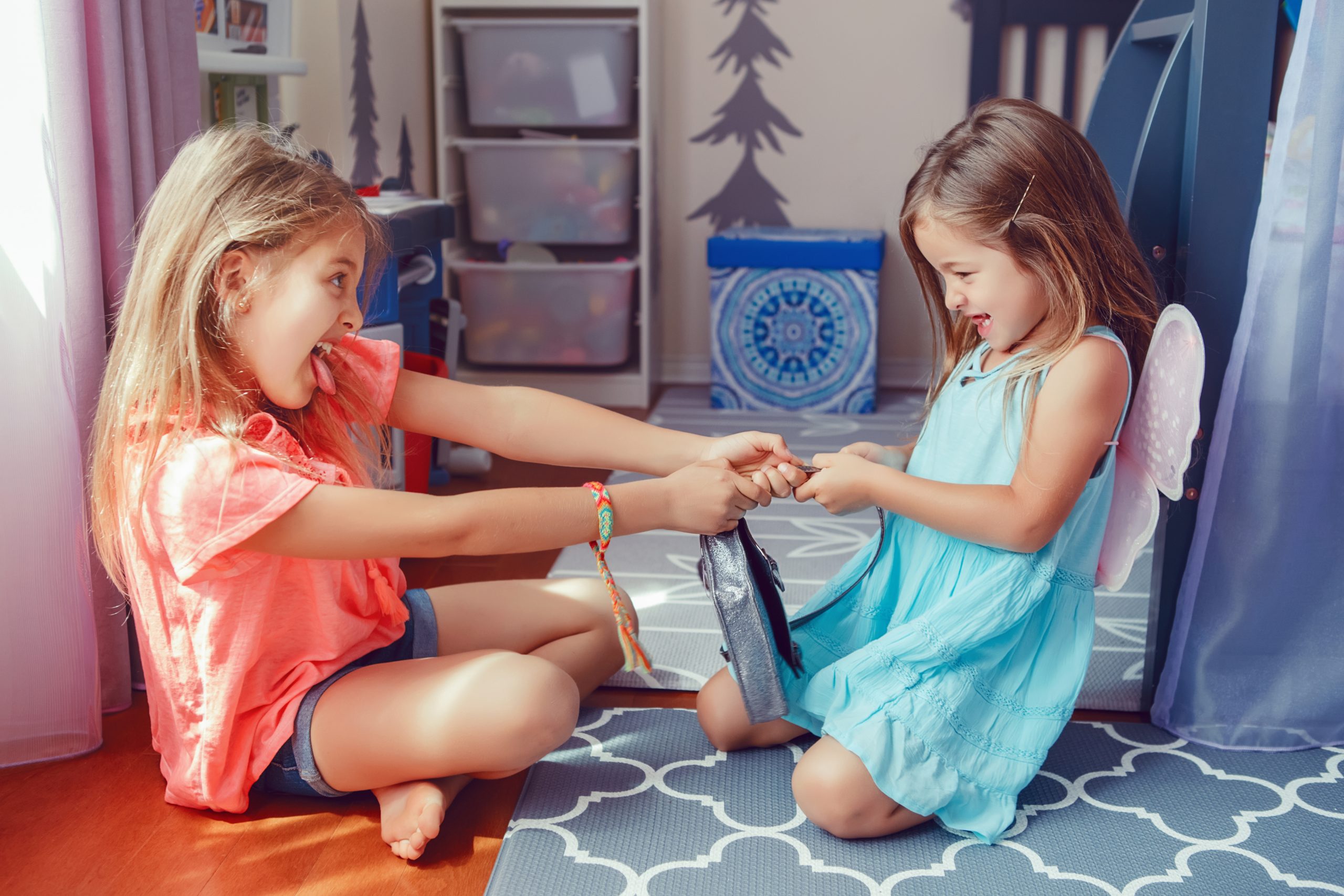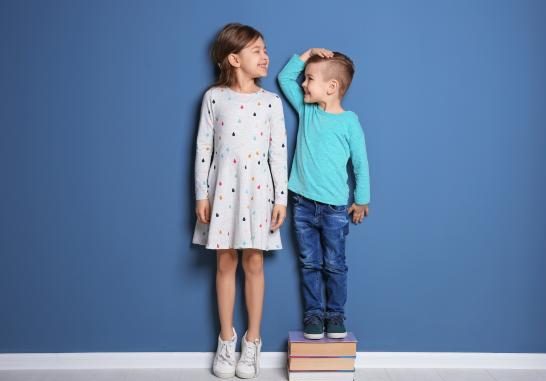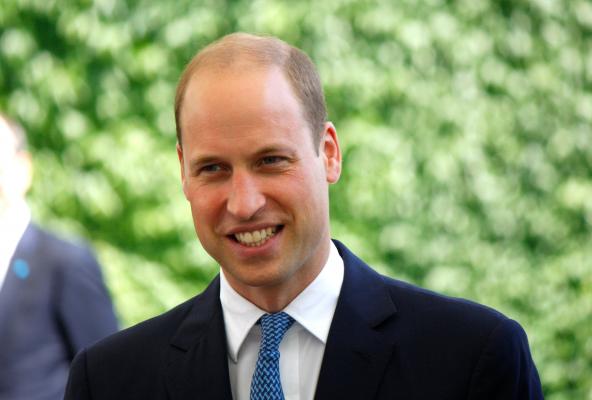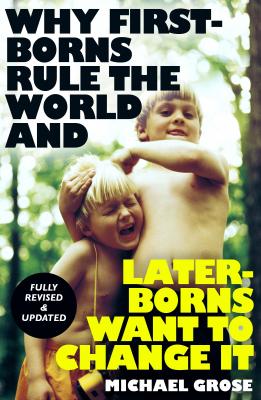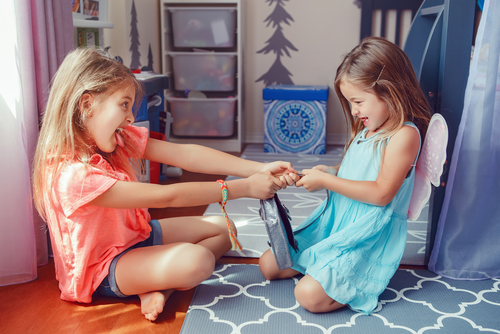By Melissa Grant
Parents often struggle to work out why their children are completely different.
They may have one child who is outgoing and playful, and another who is uptight and anxious. This is despite the children belonging to the same gene pool and being raised in the same environment.
The reason for these stark differences is birth order, according to leading parenting and education writer Michael Grose.
He believes that in this era of small, planned families that birth order is more relevant than ever.
To better understand the power of birth order, Grose has written a timely update to his bestselling book titled Why First-borns Rule the World and Later-borns Want to Change it.
The size of families has changed since the original book was published in 2003.
Twenty years ago, the mean number of children in a family was three. That number is now two.
“Nothing has changed about birth order but the context has changed,” Grose explained.
“Around 60 per cent of families with kids under 15 are two kid families.”
The biggest impact of shrinking families has been the disappearance of the middle child. Traditionally there have been three birth order positions. When Grose wrote the first edition the second child was often the middle child, but now they are often the youngest.
“There’s a fair bit of cynicism. However, my point is that birth order is not just a neat set of numbers, it’s more a pattern,” Grose told Kids Today.
“Once you start to understand the rules, it starts to make sense in a family. I like to call it a family constellation.
“It’s often something parents don’t take enough notice of.
“It explains why kids often fight, why they compete and why two children with the same parents, same gene pool, two years apart – why they can be chalk and cheese.
“It’s about finding their niche.”
First-borns tend to be goal-setters, high achievers, perfectionists, responsible, rule keepers, determined, conscientious and detail people.
Second and middle children tend to be flexible, diplomatic, peacemakers, free spirits, generous, open-minded, sociable and competitive.
Youngest children are often risk takers, persistent, outgoing, charmers, ideas people, creative and challengers of authority.
There are variables that can impact birth order position within a family, including age gaps between children, genders and cultural expectations.
In some families, children may ‘leapfrog’ an older sibling to climb up the birth order chain.
In his book, Grose analyses the latest studies on birth order on a range of families, and each member’s likely personality and disposition.
The updated edition features new information including the demise of the middle child, the Prince Harry effect and the problem with first-borns.
THE DEMISE OF THE MIDDLE CHILD
With most families consisting of two children, the amount of middle children has declined.
This has impacted the birth order positions.
Traditionally there have been three birth order positions – the first-born, middle child and youngest child. The second-born child was often the middle child.
However, now the second-born child is often the youngest.
Grose writes that later-borns have a tendency to borrow personality traits from the second, middle and youngest positions.
THE PRINCE HARRY EFFECT
Prince Harry is a prime example of a modern birth order position. He’s a second child who is also the youngest at a time when families tend to consist of just two children.
Grose said the Prince Harry Effect is stronger when both children are the same gender.
He described Harry and older brother William as the ‘poster kids’ for the first-born and later-born positions.
“William is your typical first-born. First-borns are the family conservatives… they are the rule makers and the rule followers.
“Then you have the second one. The second kids will be what the first one isn’t. You can’t have two responsible kids in the family, you can’t have two academic stars.”
He adds that younger kids don’t follow the rules in the family.
“Harry has broken all the rules, gotten married outside the typical family sphere,” he said.
THE PROBLEM WITH FIRST BORNS
Every family, regardless of size, has a first-born.
So given that family sizes are shrinking, there are more first-borns than middle and youngest children.
Grose said this has implications.
For example, there are more perfectionist kids in classrooms than ever before. There are also more anxious children as first-borns live with greater anxiety-inducing parental pressure and have a propensity for perfectionism.
There are also more only children who, Grose says, tend to have first-born characteristics that are exaggerated because they’ve never been ‘dethroned’ by a younger sibling.
Why First-borns Rule the World and Later-borns Want to Change It, Michael Grose, Penguin Life, RRP $34.99


